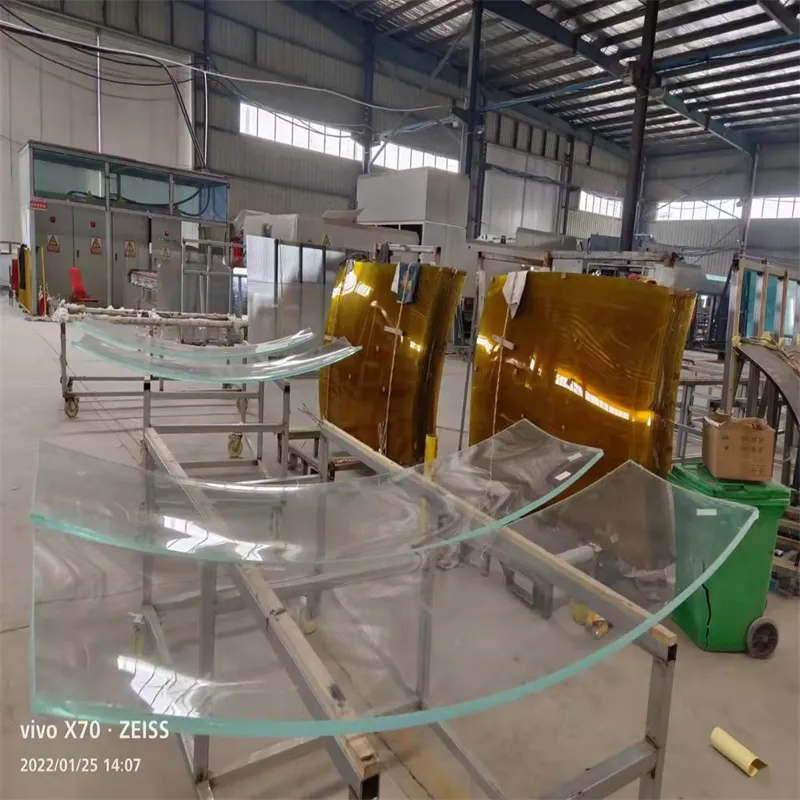Nov . 26, 2024 22:33 Back to list
Understanding the Significance of Copper Free Mirrors in Modern Reflective Technology
Understanding Copper-Free Mirror Meaning and Significance
In the realm of reflective surfaces, mirrors serve a vital purpose in both practical and aesthetic applications. A term that has gained attention in recent years is copper-free mirror. This designation is not merely a technical label but signifies a broader movement toward sustainability and chemical safety. In this article, we will delve into the meaning of copper-free mirrors, explore their benefits, and highlight why they are becoming increasingly relevant in today’s market.
What is a Copper-Free Mirror?
A copper-free mirror is a type of mirror that does not utilize copper in its reflective coating. Traditional mirrors are typically made by applying a layer of silver on the back of glass, with copper acting as a protective coating against corrosion and degradation. While this method has been widely used for decades due to its effectiveness and affordability, copper is a material that poses environmental concerns, particularly in terms of its extraction and disposal.
In contrast, copper-free mirrors employ alternative technologies that either eliminate the need for copper entirely or use less harmful substances for coating. These might include the use of environmentally-friendly materials and advanced technologies that enhance the durability and reflectivity of the mirrors without the adverse effects associated with copper.
Environmental Impact
The significance of copper-free mirrors cannot be overstated, especially in an era increasingly defined by environmental consciousness. The production of copper mirrors often involves mining practices that are detrimental to ecosystems and communities. Additionally, copper can leach into the environment during improper disposal, contributing to pollution.
By choosing copper-free mirrors, consumers promote a product that is less harmful to the environment. Manufacturers of these mirrors often adhere to stringent environmental standards, using processes that minimize waste and reduce harmful emissions. As sustainability becomes a fundamental consideration for both consumers and companies, copper-free mirrors present a viable solution that aligns with eco-friendly practices.
Health Considerations
copper free mirror meaning

In addition to environmental benefits, copper-free mirrors also address health concerns associated with traditional mirrors. Copper can sometimes act as a source of toxins if mirrors are improperly discarded or break, leading to potential health risks. In contrast, copper-free mirrors can be manufactured using safer materials, thereby reducing the likelihood of exposure to harmful substances.
Even in the context of indoor air quality, the absence of copper in these products is advantageous. Some traditional mirrors can release volatile organic compounds (VOCs) during manufacturing or after prolonged exposure to heat and humidity. Copper-free alternatives are often designed to be more stable in various environments, thus promoting better indoor air quality.
Aesthetic Versatility
Beyond their environmental and health benefits, copper-free mirrors often exhibit superior aesthetic qualities. Advances in technology have allowed manufacturers to create highly reflective surfaces that rival the traditional copper-backed mirrors. They often provide clear and bright reflections, making them popular choices for interior design, bathroom fittings, and even decorative purposes.
Color and finish options have also expanded with copper-free mirrors, allowing designers and homeowners to choose products that fit their specific tastes and styles. Whether it be a sleek, minimalist frame or an ornate, vintage look, copper-free mirrors can enhance any space while aligning with modern ecological values.
Conclusion
The growing trend toward copper-free mirrors highlights an essential shift in consumer preferences and manufacturing practices. As individuals become more aware of the environmental and health implications of the products they choose, the demand for sustainable alternatives like copper-free mirrors is bound to rise. These mirrors not only eliminate the potential hazards associated with copper but also offer aesthetic versatility and superior performance.
In summary, copper-free mirrors symbolize a broader commitment to sustainability and health-conscious living. As we continue navigating the complexities of modern life, opting for products that reflect our values—both literally and figuratively—will shape the markets of tomorrow, fostering an environment where innovation and responsibility coexist. Embracing copper-free mirrors is just one small yet significant step toward a brighter, more sustainable future.
-
Safety and Style with Premium Laminated Glass Solutions
NewsJun.24,2025
-
Reinvents Security with Premium Wired Glass
NewsJun.24,2025
-
Premium Float Glass Line for Modern Architecture
NewsJun.24,2025
-
Low Emissivity Glass for Energy-Efficient Architecture
NewsJun.24,2025
-
High-Performance Insulated Glass Solutions for Modern Architecture
NewsJun.24,2025
-
Elevates Interior Style with Premium Silver Mirror
NewsJun.24,2025
Related PRODUCTS














